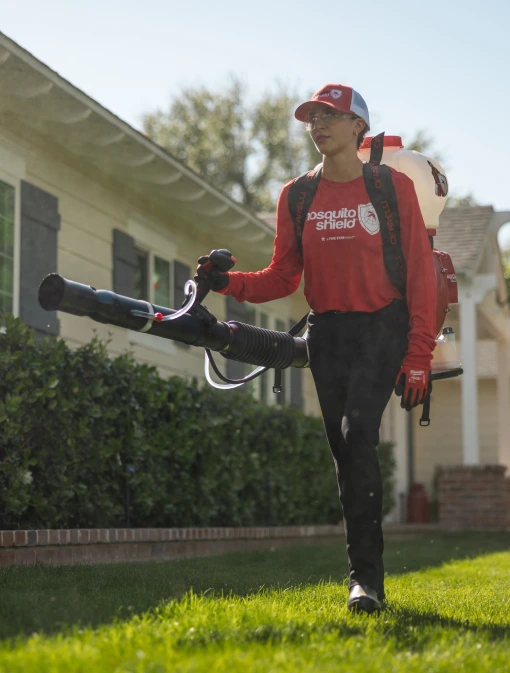Experience relaxation and peace in your West Hempstead backyard with our proven mosquito control solution. Trusted by families in West Hempstead, our innovative approach not only repels mosquitoes but also establishes a durable barrier customized to your outdoor environment. Mosquito Shield of Long Island is dedicated to creating mosquito-free zones, so you can enjoy your outdoor spaces without interruption.
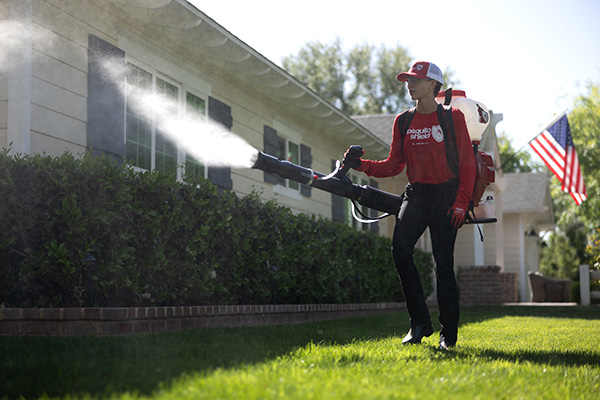
Effective mosquito control in West Hempstead, NY, that drives mosquitoes away and keeps them out of your yard.W

Enjoy mosquito-free outdoor time in West Hempstead with treatments designed to provide lasting results.
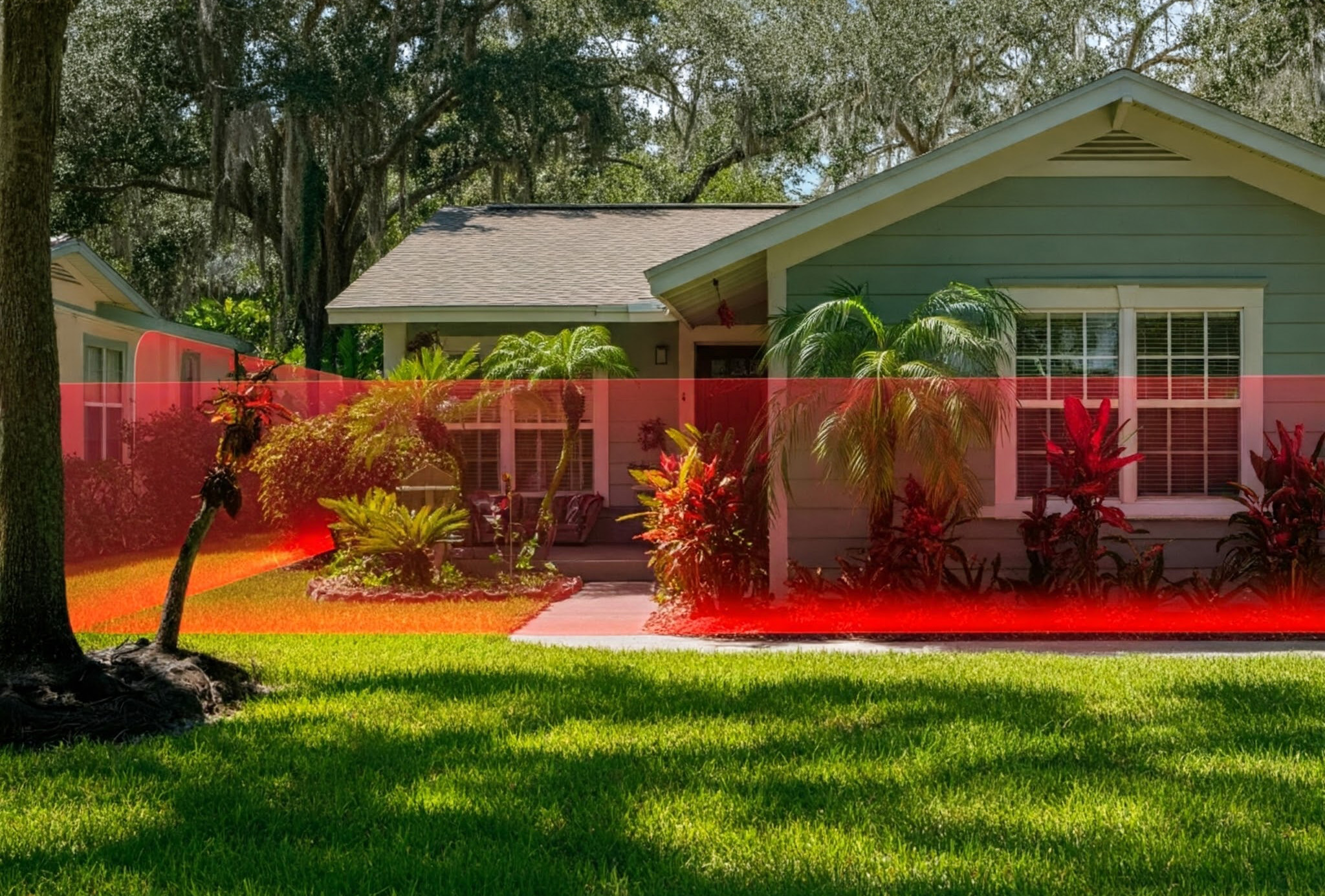
Highly rated mosquito control services in West Hempstead, trusted by residents to enhance outdoor living.
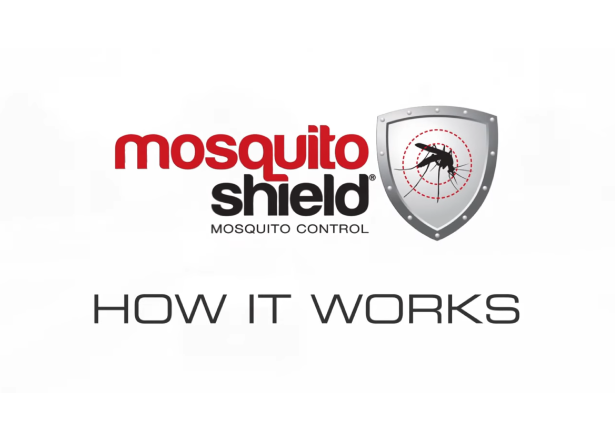
Ants may be tiny, but their colonies? Not so much. In Long Island’s warm, humid climate, ants thrive — often building massive nests just outside your home, ready to invade. At Mosquito Shield of Long Island, our exterior-only ant treatment doesn’t just stop the ants you see — it goes after the entire colony, wiping them out at the source.
Why Ants Thrive In Long Island:
Issues Caused by Ants:
Mosquito Shield of Long Island’s Pest Control Solution:
Long-lasting treatments help stop current infestations and prevent new colonies from forming.
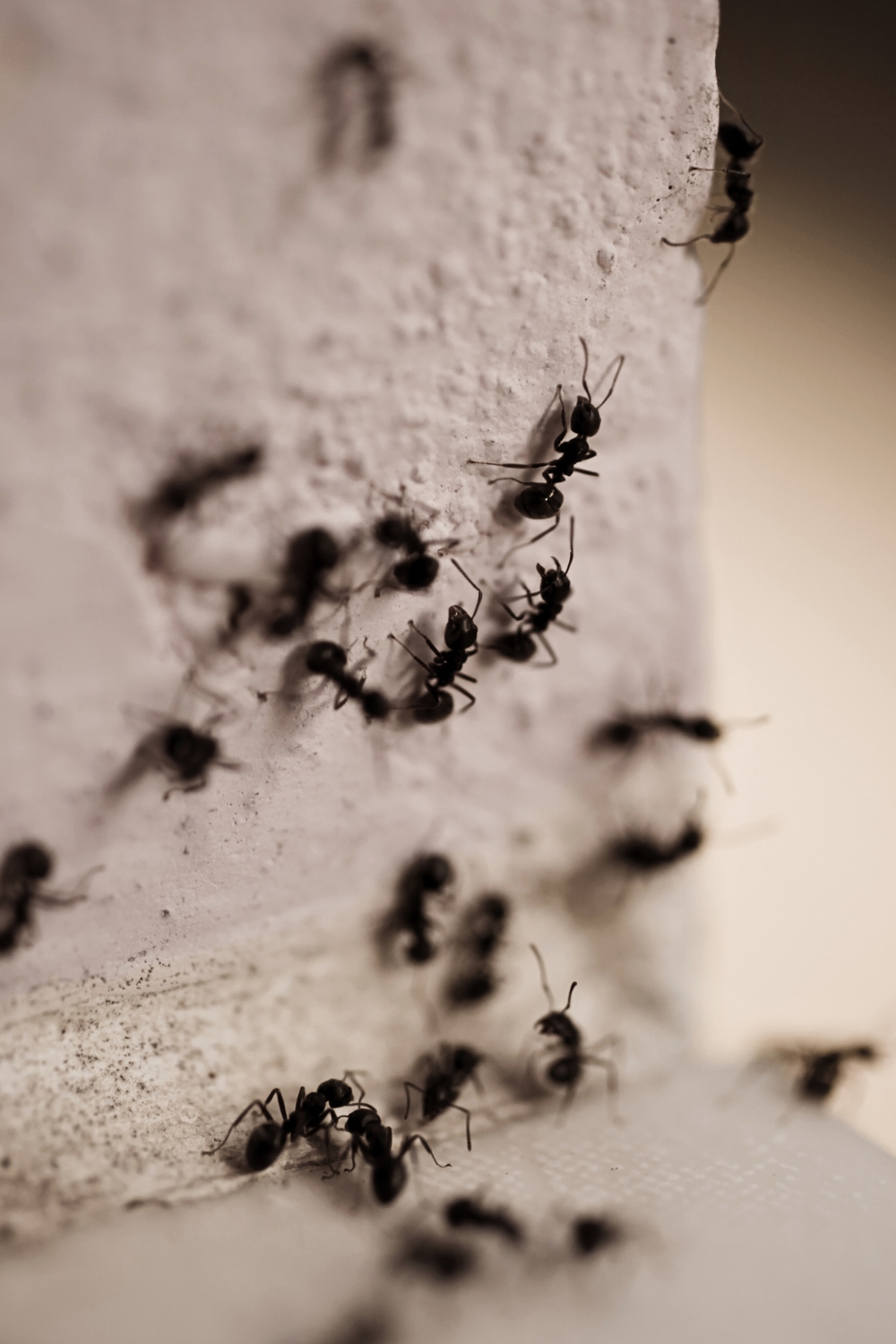
Let Mosquito Shield of Long Island help you reclaim your space, one colony at a time.
West Hempstead, New Jersey, is a charming suburban area known for its peaceful neighborhoods, welcoming community, and beautiful green spaces. Residents enjoy outdoor activities at local attractions like Hempstead Park, nearby nature trails, and recreational facilities that make this community a wonderful place to live and visit. However, the area’s mix of lush greenery, water features, and shaded residential spaces creates ideal conditions for mosquito and tick activity.
West Hempstead’s combination of parks, tree-lined streets, and residential landscaping provides an environment where mosquito populations can thrive.
Health concerns in West Hempstead include mosquito-borne illnesses such as West Nile Virus and Zika Virus, along with tick-borne risks like Lyme disease. These challenges highlight the need for proactive pest management to ensure the community’s safety and outdoor enjoyment.
To address these challenges, West Hempstead has adopted measures such as:
As a trusted mosquito control company, we work closely with West Hempstead residents to reduce mosquito activity through proven treatments and expert advice. Professional mosquito treatments, paired with community efforts, are essential to preserving West Hempstead’s charm and ensuring it remains a safe and enjoyable place to live, work, and play.

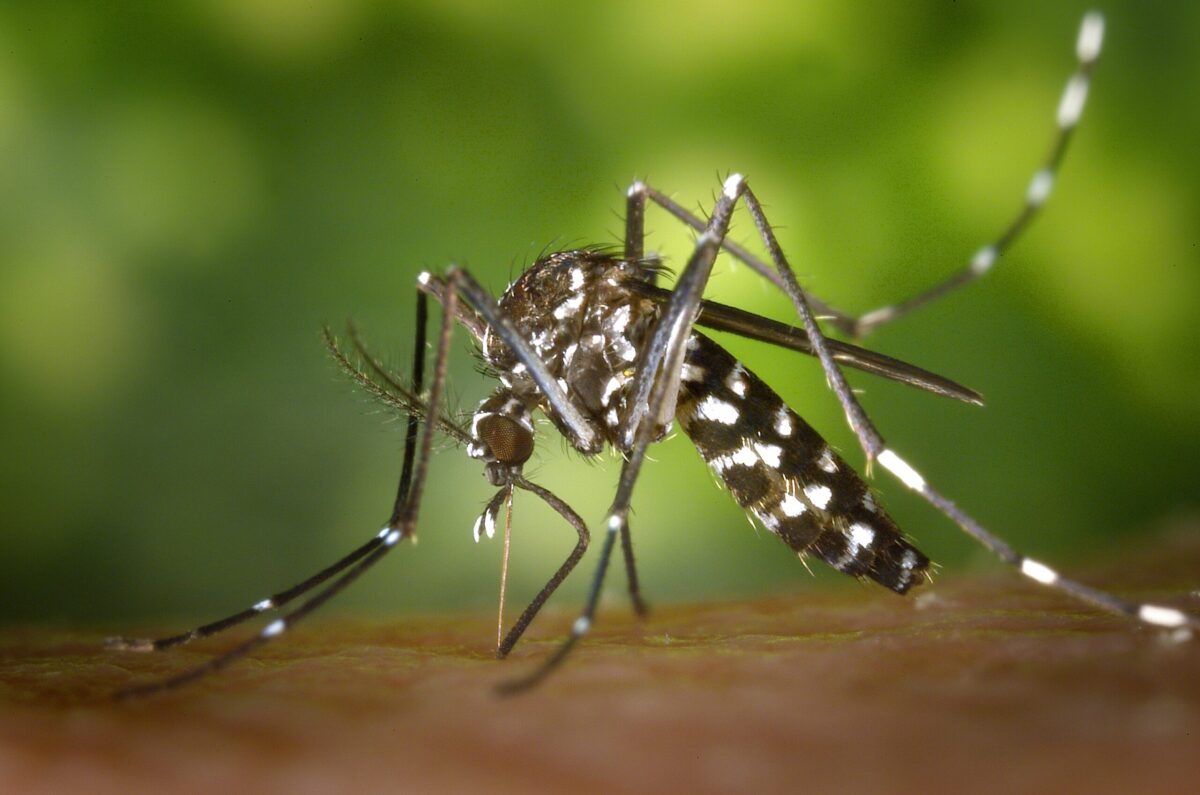
Identification: Black body with a distinctive white stripe down the back and banded legs.
Habitat: Thrives in shaded residential areas, especially near parks, gardens, and containers holding rainwater.
Behavior: Daytime biter—particularly aggressive around ankles and lower legs.
Health Risks: Known to transmit Zika, dengue, and West Nile virus.
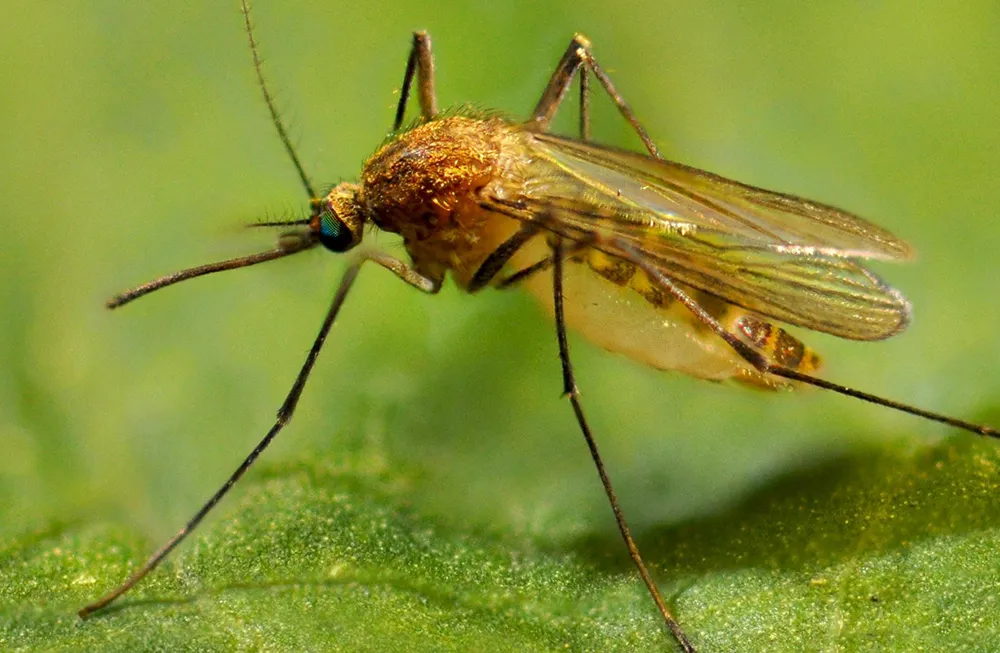
Identification: Light brown with narrow wings and paler legs; often confused with other Culex species.
Habitat: Found in stagnant water sources like storm drains, neglected pools, and birdbaths.
Behavior: Nighttime biter; commonly enters homes during summer.
Health Risks: Primary vector for West Nile virus in the Long Island region.
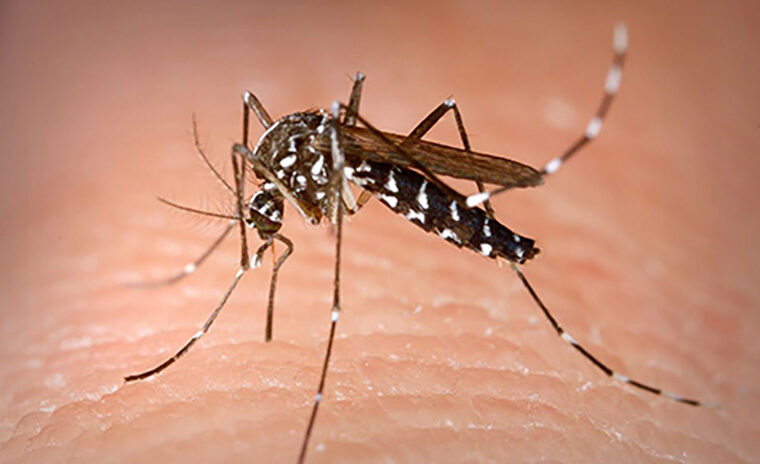
Identification: Small and black with white markings on the legs and a lyre-shaped pattern on the thorax.
Habitat: Urban and suburban environments; breeds in artificial containers.
Behavior: Aggressive daytime biter; prefers humans over animals.
Health Risks: Can transmit Zika, chikungunya, and dengue fever.
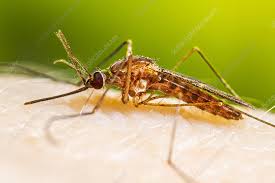
Identification: Medium-sized with four dark spots on each wing; rests in a characteristic angled position.
Habitat: Clean, slow-moving freshwater like marsh edges and retention ponds on the East End.
Behavior: Active at dusk and dawn.
Health Risks: Historically associated with malaria; still causes irritating bites.
The weather in West Hempstead, New Jersey, plays a significant role in seasonal pest activity. Warm, humid summers provide ideal breeding conditions for mosquitoes, especially following heavy rains that leave standing water. Ticks are most active during spring and fall, thriving in the area’s moderate temperatures and abundant greenery. While winters offer some relief, occasional warm spells can prolong mosquito activity, making consistent pest management essential throughout the year.
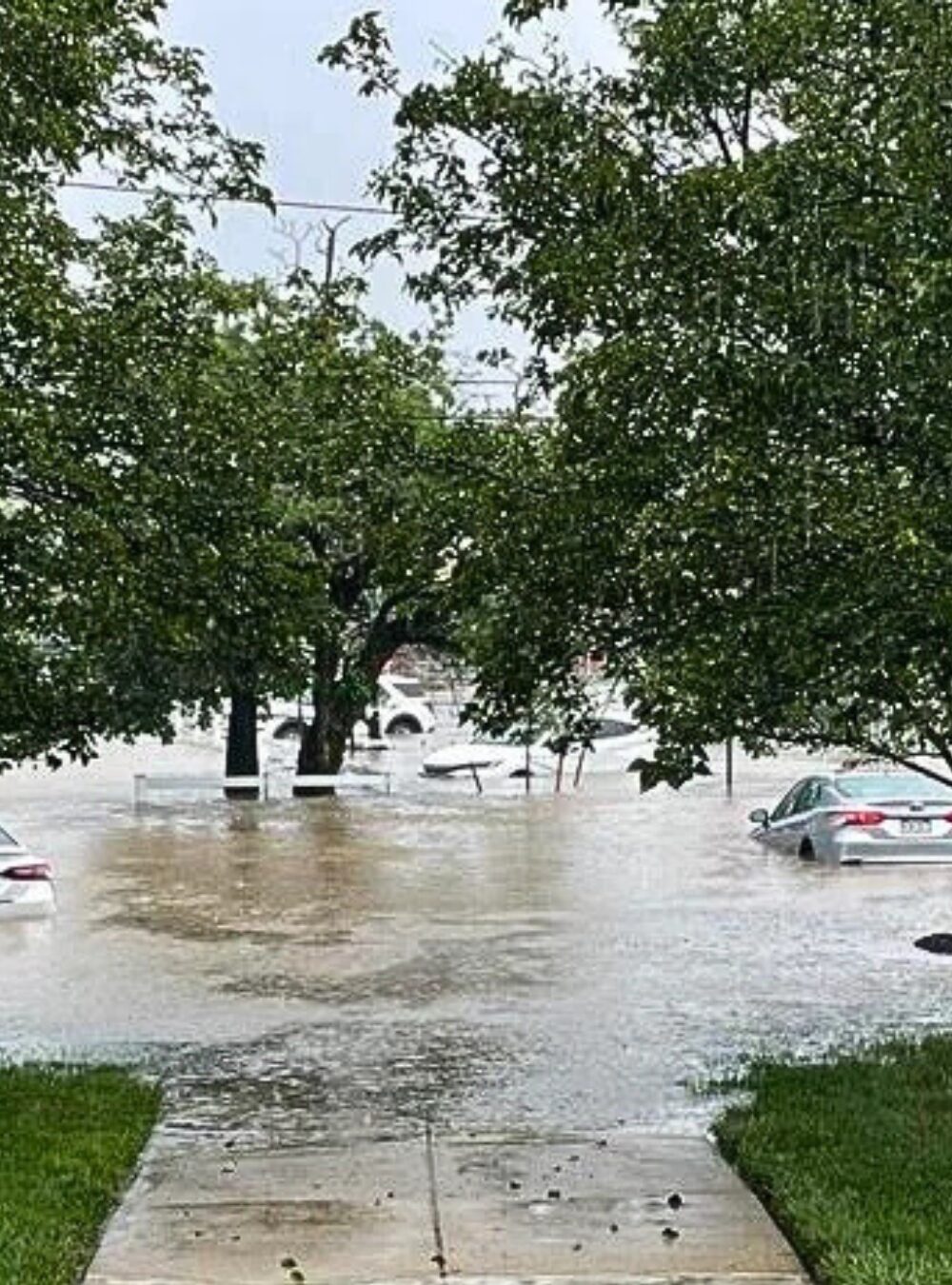
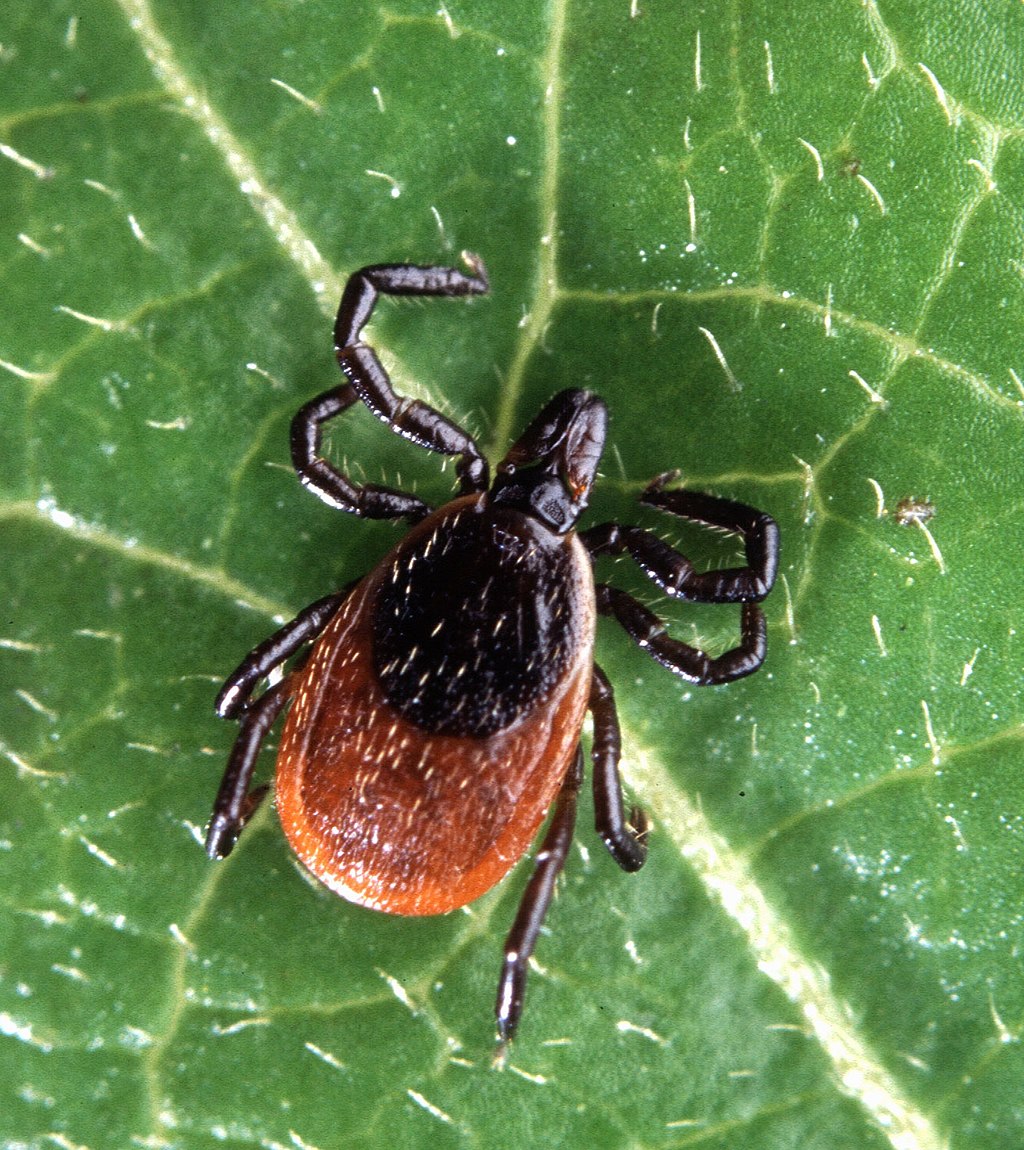
Common throughout Suffolk and Nassau counties, deer ticks thrive in Long Island’s wooded parks, leaf litter, and tall grasses. Adult ticks are small and dark, with females showing a reddish rear. These ticks are the primary vector of Lyme disease in the region, along with other illnesses like babesiosis and anaplasmosis. Tick exposure is common in areas like the Pine Barrens, Caumsett State Park, and shaded neighborhood paths. Always check pets and clothing after outdoor activity.
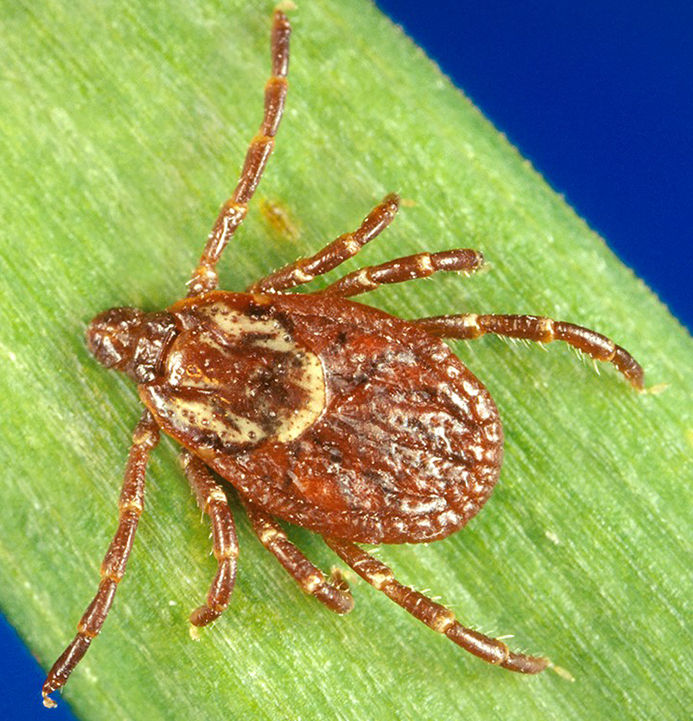
Larger and easier to spot, wood ticks prefer grassy fields and open trails across Long Island, including recreational zones and suburban green spaces. They are reddish-brown with white or silver patterns on their backs. Though not Lyme carriers, they can transmit tularemia and Rocky Mountain spotted fever. Keeping your lawn trimmed and applying vet-recommended treatments to pets can help reduce their presence.
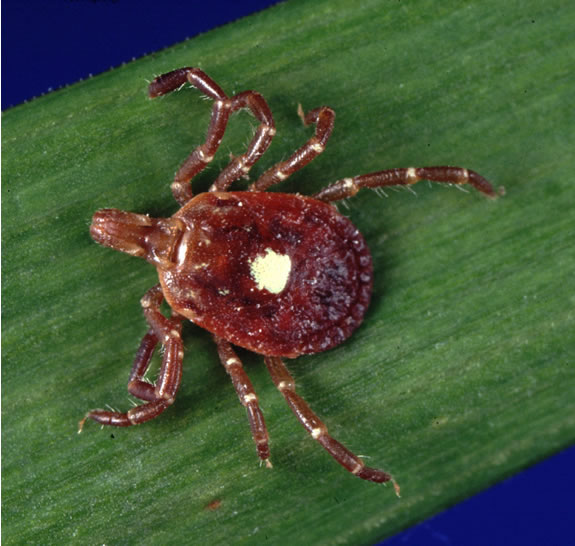
Now regularly seen on Long Island’s East End and southern coastal trails, Lone Star ticks are aggressive biters found in warm, brushy woods. Females feature a single white dot on their backs, making them easy to identify. They’re associated with ehrlichiosis and alpha-gal syndrome (a meat allergy), making them a rising concern in the area. Their spread is linked to the local deer population and expanding forest-edge habitats.
